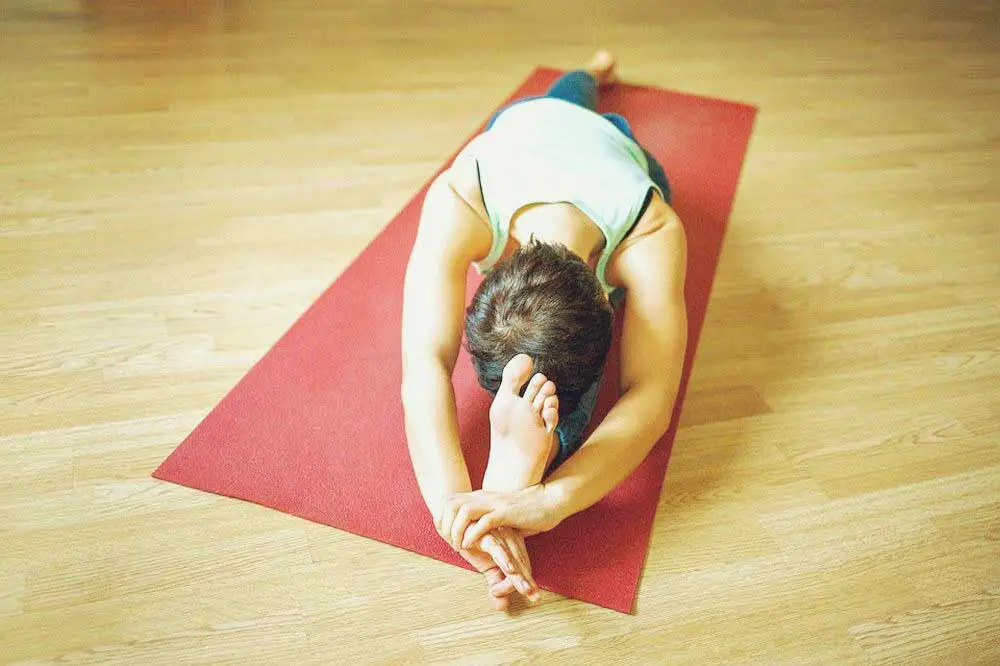Sleep changes everything. If you do sleep well, you hardly notice because you wake up feeling refreshed and ready to start your day. But if you don’t sleep well, it can cause your body, your mind, and your emotions to go completely haywire. Lack of sleep can be the cause of a variety of physical and mental health issues, and the solution may be slightly more natural than you think.
Insomnia is the most common sleep disorder among American adults, and creating a healthy balance in life is critical to battling against insomnia. Many people have found that incorporating certain yoga poses into their daily routine can help them to sleep better and night and feel better in the morning.
Yoga and Insomnia
If you’re looking for a natural way to battle your insomnia, yoga may be just the key. Some yoga poses can even be performed in your bed as you are getting ready to go to sleep! Starting with a short meditation prior to engaging in gentle yoga stretches will help reduce stress, move away from the stresses of the day, and provide a time of mental relaxation.
Following a short engagement in mediation, practice mindful breathing to help calm your body and brain. Then you can begin practicing a few different beneficial yoga positions including:
- Uttanasana (Padahasthasana). This is a standing forward bend that provides a good stretch for the back muscles. It also stimulates the nervous system, increases blood supply, and loosesns the spine, all of which help to fight insomnia.
- Butterfly Pose. This gives stretching opportunities to the thighs, knees, and groin while offering relaxation to help you sleep better.
- Balasana (Child’s Pose). This full body stretch is one of the best possible yoga poses to reduce insomnia. It releases tension throughout the back and the rest of the body while calming the nervous system and providing better sleep.
- Legs Up Wall Pose. Placing the feet in the air with the rear against the wall offers extreme relaxation. This pose minimizes fatigue in the legs and increases blood flow to the brain. It can quiet the mind and even relieve headaches. It may also help with people who struggle with restless legs during sleep.
- Seated Twist. Sitting with legs crisscrossed, twist the upper body gently while placing one steadying hand behind the body with the other hand on the knee. Stretch gently, exhale, and sit up very tall during the stretch.
- Knees-to-Chest Pose. This stretch is great for those who have leg fatigue or restless legs at night. Lie flat on the back and hug one need to the chest for a soft and gentle stretch. Allow the muscles to loosen in the hip area. Switch legs. Finally hug both knees to the chest and rock slowly from side to side to release and relax the back muscles.
- Shavasana (Corpse Pose). The final pose for every yoga session to cure insomnia should be this pose that relaxes every system in the body. This pose is simply lying on the floor with the knees supported and elevated slightly. This reduces tension and promotes relaxation gently and effectively.
How Can Yoga Help with Insomnia
One study performed by researchers at Harvard Medical School shows that a daily yoga practice can indeed affect people with chronic insomnia problems. It was found that yoga for insomnia brought about profound improvements in the amount of time people were able to sleep as well as for the quality of sleep. Improvements in this sleep yoga study were also found in the amount of time it took for the subject to fall asleep, as well as minimizing the amount of wake time that was recorded following the onset of sleep.
Another study of cancer survivors has shown benefits for people who practice yoga. This study revealed that the use of sleep medication was reduced, quality of sleep was increased, feelings of fatigue were minimized and the general quality of life was improved in people who practiced yoga just twice a week for 75-minutes each time.
In general, the practice of yoga can calm and relax the mind and body, reducing arousal. This is a critical part of preparing for going to sleep each day. Because insomnia is a complicated disorder, yoga may not work like magic for every person who tries it. And you should check with your doctor before starting any new practice if you have other reasons to be under the care of a medical professional.
Conclusion
However, many people do find that the relaxing practice of yoga is helpful and effective for people who are struggling with rest and sleep. And because the risk is low, there are no side effects, and you can do it just about anywhere, yoga offers a lot of opportunity for benefit with very few drawbacks! Try a few yoga poses to cure your insomnia and see how it works for you!

